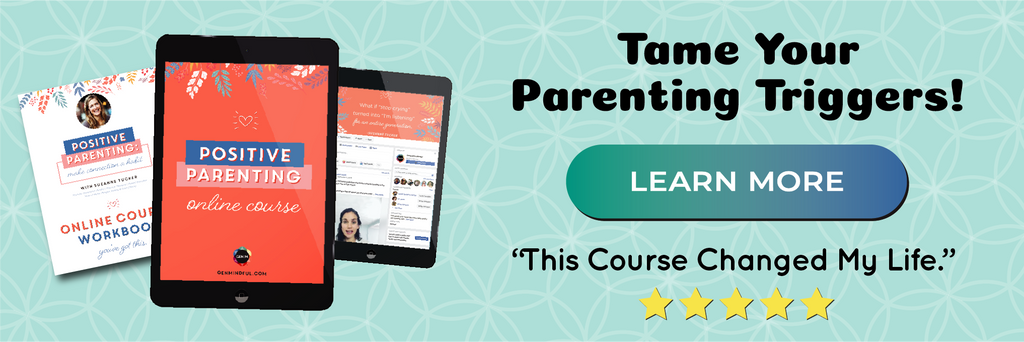
Sit still, be quiet, and listen. This is what we ask our children to do so that they can focus at school, eat dinner at the table, or make it through a grocery store visit riding passenger in the cart.
But what if the secret to learning was actually in movement?
In the field of neuroscience, leading thinkers discovered that movement stimulates the brain’s lifelong growth and plasticity and has been linked to improved concentration and focus, memory, academics, language acquisition, physical coordination, emotional and behavioral regulation, and more.
When we combine neurological milestones - aka those movements that occurred the firsts few years of life - with multi-sensory movements specific to eye-teaming, hand-eye coordination, and whole-body awareness, the architecture of the brain changes, bringing swift cognitive and social-emotional development to children of all ages.
Learning And Stress
Oftentimes, stress is placed on the pace at which academic markers are reached, which often complicates a child’s educational experience. For learning to occur, experts say, children must feel a sense of safety and connection. Humans are natural learners, and children learn best through play. When children can look, listen and move without stress, they remain curious about their senses and interact with the world around them.
Dr. Paul Dennison, creator of Educational Kinesiology studied students early in his career and found that when students were strained or inactive throughout the day, their learning ability “switched off”. By applying movement to children’s daily experiences, it awakens their brains for higher learning and/or calms their nervous system for focused activity. This happens with three primary movement patterns:
- Sensorimotor and midline movements, which are the two-sidedness fundamental to reading, writing, listening, speaking, creativity, and problem-solving.
- Stability and centering movements, which merges one’s center of mass and center of balance to self-calm, focus, follow directions and perform executive functions.
- Locomotion and lengthening exercises, which allow us to move from place to place with optimal muscle length for focus and ease, and are associated with less anxiety, tantrums, and stress.
3 Bunny Brain Breaks To Increase Emotional Regulation And Academic Learning
Because brain and body breaks are beneficial to children and adults of all neurotypes, we thought it would be fun to share spring-inspired “bunny brain breaks” that kids can do before a focused task, to take a break, or to activate their learning brains.
1. Bunny Breath2. Bunny Body
Besides being fun, larger, gross motor body exercises can target the vestibular and proprioceptive sensory systems.
Together with your child, use the printable to cut out and create your bunny ears and wear them for these two activities:
Movement can alter the brain and lead to learning readiness. And when you can insert a little fun into it, well, you have a big ol’ win for both you and your child. Learning doesn’t have to be stressful, in fact, it can be a “hoppy” experience.
• • •
Generation Mindful creates educational tools, toys, and programs that nurture emotional intelligence through play and positive discipline. Get a FREE Time-In Starter Kit when you sign up to become a GENM member today!
Join us and receive positive parenting tools and support in your inbox each week.





Leave a comment